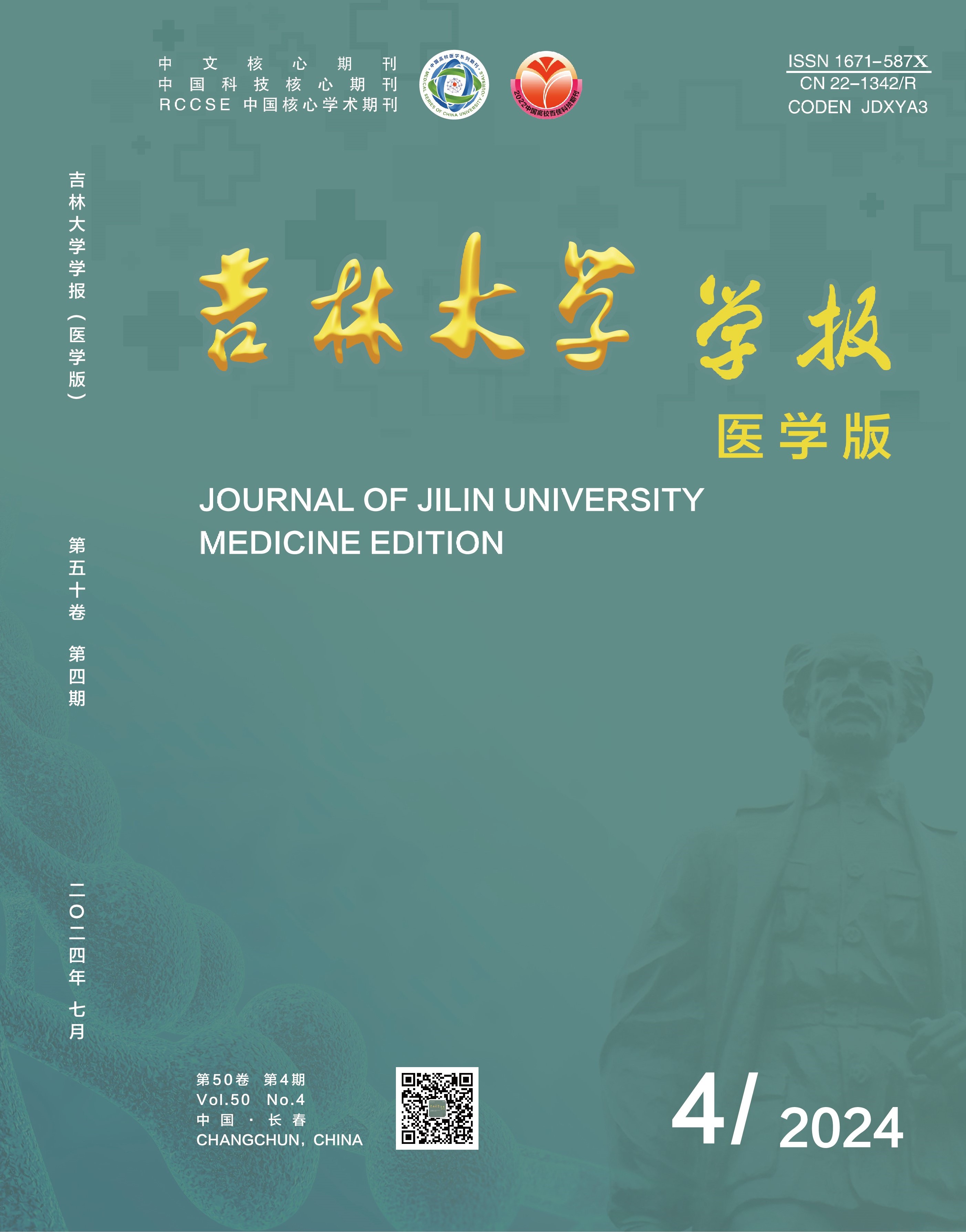Objective To understand the progression of the diabetic patients with different levels of uric acid and to analyze its influencing factors, and to provide evidence for the prevention and treatment of diabetes complicated with hyperuricemia. Methods A clinical record database for type 2 diabetes mellitus (T2DM) patients was established with EpiData 3.0 software and 1 411 cases of complete data were selected. According to serum uric acid (SUA) levels, 1 411 cases of T2DM patients were divided into high uric acid (HUA)group and normal uric acid (NUA)group. The differences of the main clinical indicators and the incidence of complications of the patients between two groups were compared. Univariate and multivariate Logistic regression were carried out to analyze the influencing factors of diabetes complicated with hyperuricemia. Results The incidences of diabetic macroangiopathy and diabetic microvasculopathy of the patients in HUA group were significantly higher than those in NUA group (P<0.05), but there was no significant difference of the incidence of dabetic neuropathy between two groups(P>0.05).Univariate analysis showed that there were significant differences of the gender, body mass index(BMI), systolie pressure(SBP), diastolic pressure(DBP), asparagine aminotransferase(AST), alaninamide transferase (ALT), gamma-glutamyltransferase (GGT), cholinesterase(CHE), triglyeerides(TG), low-density lipoprotein(LDL-C), high-density lipoprotein(HDL-C), gycosylated hemoglobin(HbA1c) between two groups(P<0.05). The multivariable non-conditional Logistic analysis results showed that female, higher HbA1c, higher HDL-C were the protective factors of diabetes complicated with hyperuricemia (female:OR=0.705, 95%CI=0.501-0.993, P<0.05;HbA1c:OR=0.912, 95%CI=0.840-0.991, P<0.05;HDL-C:OR=0.539, 95%CI=0.335-0.868, P<0.05); but the BMI≥25 kg·m-2, higher SBP, and higher TG were the risk factors of diabetes complicated with hyperuricemia(BMI:OR=2.107, 95%CI=1.473-3.014, P<0.05;SBP:OR=1.767, 95%CI=1.210-2.581, P<0.05;TG:OR=1.111, 95%CI=1.057-1.168, P<0.05). Conclusion The macrovascular and microvascular complications for the patients with diabetes complicated with hyperuricemia should be screened;the BMI of the patients should be controlled as well as SBP and TG, so the incidence of diabetes complicated with hyperuricemia should be prevented.

 Table of Content
Table of Content
 Guide to Authors
Guide to Authors


